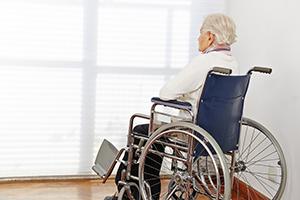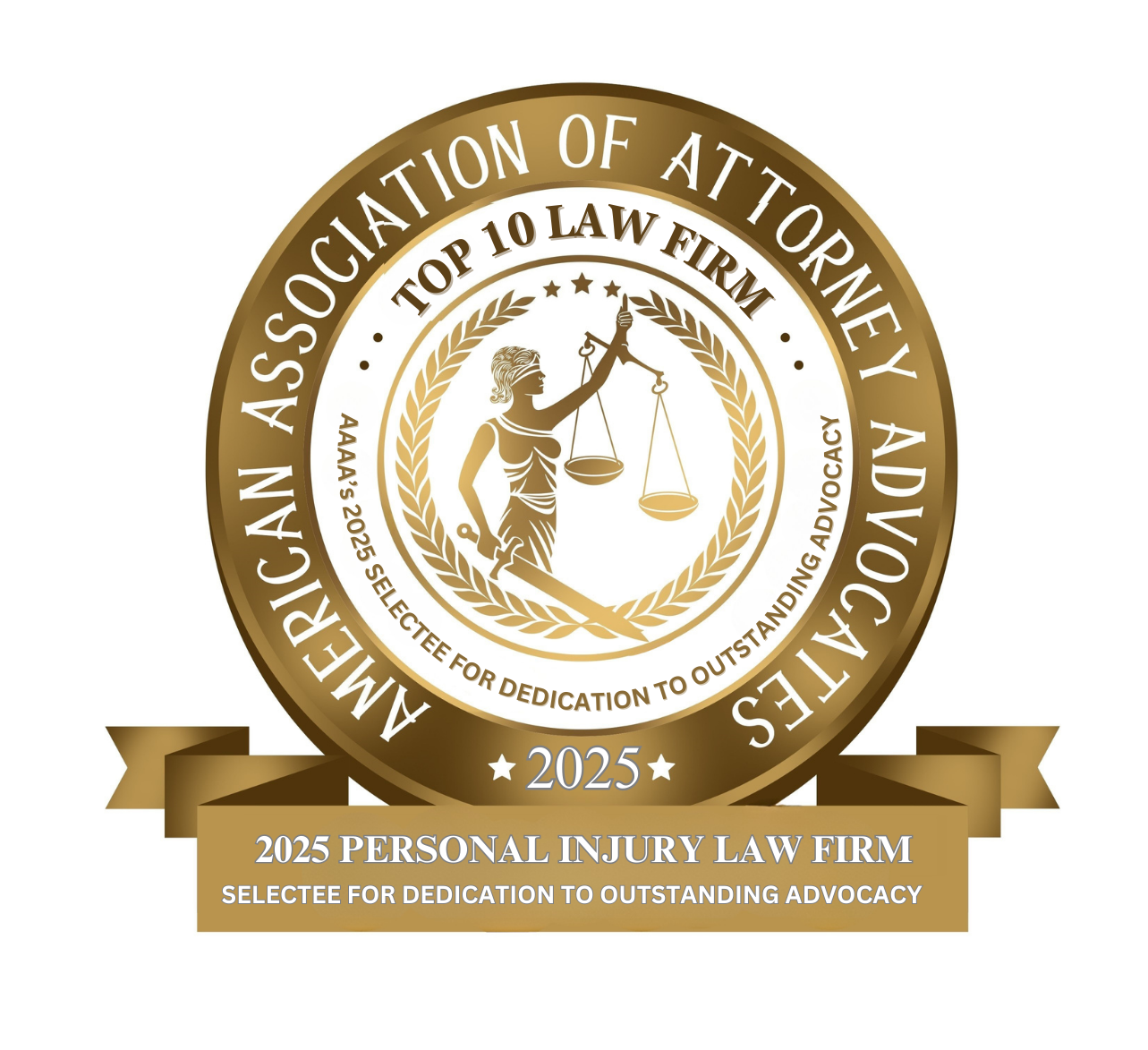- Free Consultation: (630) 527-4177 Tap Here to Call Us
The Devastating Reality of Underinsured Nursing Homes in Illinois

Underinsurance in Illinois nursing homes is a serious and growing issue that leaves vulnerable residents and their families without recourse when tragedy strikes. These facilities, which should provide essential care, often lack sufficient insurance coverage to compensate for injuries, neglect, or even death. At John J. Malm & Associates, we have seen firsthand the heartache families face when they realize that nursing homes are ill-prepared to address the financial consequences of their negligence.
Why Adequate Insurance Coverage is Critical for Nursing Homes
Nursing homes in Illinois are tasked with caring for elderly individuals who often need round-the-clock medical attention, supervision, and support. However, inadequate staffing, neglect, or a lack of basic care standards can lead to devastating consequences, including falls, dehydration, and life-threatening injuries like pressure ulcers. The Centers for Disease Control and Prevention (CDC) reports that falls are the leading cause of fatal and non-fatal injuries among seniors, underscoring the importance of vigilant care in nursing homes.
Without adequate insurance, nursing homes cannot cover the costs associated with legal claims, which leaves families bearing the financial burden for injuries or even wrongful death caused by neglect. Sadly, many nursing homes in Illinois carry minimal liability insurance, if any at all, making it difficult or impossible for families to secure justice and compensation.

The Widespread Problem of Underinsured Nursing Homes in Illinois
Underinsurance is a systemic problem in Illinois nursing homes, particularly in for-profit facilities where cost-cutting measures are prioritized over the well-being of residents. In some cases, nursing homes carry minimal insurance, or none at all, leaving victims of negligence without the ability to recover compensation for their injuries or losses. Many nursing homes place multiple facilities under a single insurance policy, stretching coverage limits and making it even harder to provide adequate compensation when multiple claims arise.
At John J. Malm & Associates, we’ve seen firsthand how underinsurance affects victims. When a nursing home’s negligence leads to serious harm, such as malnutrition, dehydration, or falls, families often find that the facility’s lack of adequate insurance coverage prevents them from obtaining fair settlements.
Real-World Example: Nursing Home with Little to No Insurance Coverage
“In one recent case, we saw a nursing home operator facing dozens of claims with little to no insurance to cover the profound losses they caused—from fall-down accidents to dehydration, and tragically, even death. These are basic standards of care, and it is shocking that such negligence goes unaddressed due to insufficient insurance. Certainly, we should expect more for our elderly loved ones. It’s unacceptable that families are left to suffer without recourse when such tragedies occur.”
The Impact of Nursing Home Underinsurance on Families
The financial and emotional toll of underinsured nursing homes can be devastating. Without adequate insurance, families must pay out-of-pocket for medical expenses stemming from their loved one’s injuries. Elderly individuals who suffer from dehydration, one of the most common signs of neglect in nursing homes, may require hospitalization and extensive medical care. These costs, coupled with the emotional burden, often overwhelm families.
Moreover, when nursing homes do not have sufficient insurance to pay for damages awarded in lawsuits, families are left with little or no compensation, despite their loved ones having suffered serious harm.
Nursing Homes Insuring Multiple Facilities Under One Policy
One particularly troubling practice among for-profit nursing homes is insuring multiple facilities under a single policy, further straining the limited coverage available. By placing multiple locations under one insurance policy, nursing home operators reduce their costs but significantly limit the amount of coverage available for claims. When multiple claims arise from different facilities, the available coverage is quickly exhausted, leaving victims without sufficient compensation.
These policies are often inadequate when it comes to addressing multiple negligence claims. This strategy prioritizes cost-saving for the operator at the expense of vulnerable residents and their families.
Legal Recourse for Families When a Nursing Home is Underinsured
In Illinois, residents are protected by the Illinois Nursing Home Care Act, which allows families to seek compensation for injuries caused by neglect or abuse. However, even with these legal protections, underinsured nursing homes can make it difficult to recover damages. Families may pursue claims against the parent company or corporate owners, but these entities are often legally insulated from direct liability, leaving the underinsured facility itself as the only source of recovery.
In cases where nursing homes are underinsured, families may face long legal battles for minimal compensation. Even when liability is clear, the lack of sufficient insurance coverage makes it challenging to collect on a settlement or judgment.
Why Nursing Homes Cut Insurance Costs at the Expense of Residents
The primary reason behind underinsurance is simple: nursing homes, particularly for-profit facilities, aim to cut costs. Insurance premiums for liability coverage can be expensive, particularly for facilities that have a history of state violations or previous lawsuits. By reducing their insurance coverage, operators increase their profits while placing residents at serious risk.
However, when tragedy strikes, it is the families of the residents who are left to pay the price for these cost-cutting measures.
How Families Can Protect Their Loved Ones at a Nursing Home
To protect your loved one from the dangers of underinsured nursing homes, families must be proactive. While it can be difficult to obtain specific information about a facility’s insurance coverage, there are steps families can take to ensure their loved one is safe:
- Research the facility’s reputation: Look into the nursing home’s history of lawsuits, state inspection reports, and any complaints filed against the facility.
- Ask about insurance coverage: Directly ask nursing home administrators about their liability insurance policies and how they handle claims of neglect or injury.
- Monitor care: Once your loved one is in a nursing home, regularly check on their care and look for signs of neglect, such as unexplained injuries, poor hygiene, or sudden weight loss.
A Call for Regulatory Reform on Nursing Home Insurance
The issue of underinsured nursing homes is not just a family problem—it’s a regulatory issue that demands attention. Illinois lawmakers need to establish minimum insurance requirements for nursing homes to ensure that facilities are financially responsible for the harm they cause. Regulatory reform would require nursing homes to carry sufficient insurance to cover claims of neglect, ensuring that victims can receive fair compensation.
Other states have begun adopting minimum insurance requirements for nursing homes, and Illinois should follow suit to protect its most vulnerable residents.
John J. Malm & Associates: Advocating for Illinois Nursing Home Justice and Accountability
Underinsured nursing homes pose a serious threat to the well-being of elderly residents and their families in Illinois. When nursing homes fail to carry sufficient insurance, victims of neglect or abuse are often left without the compensation they deserve. At John J. Malm & Associates, with offices in Naperville and St. Charles, we are dedicated to advocating for the rights of nursing home residents and holding negligent facilities accountable.
If your loved one has been injured in a nursing home, contact our top-rated Illinois nursing home abuse attorneys today to learn how we can help you pursue justice and secure the compensation your family deserves.















